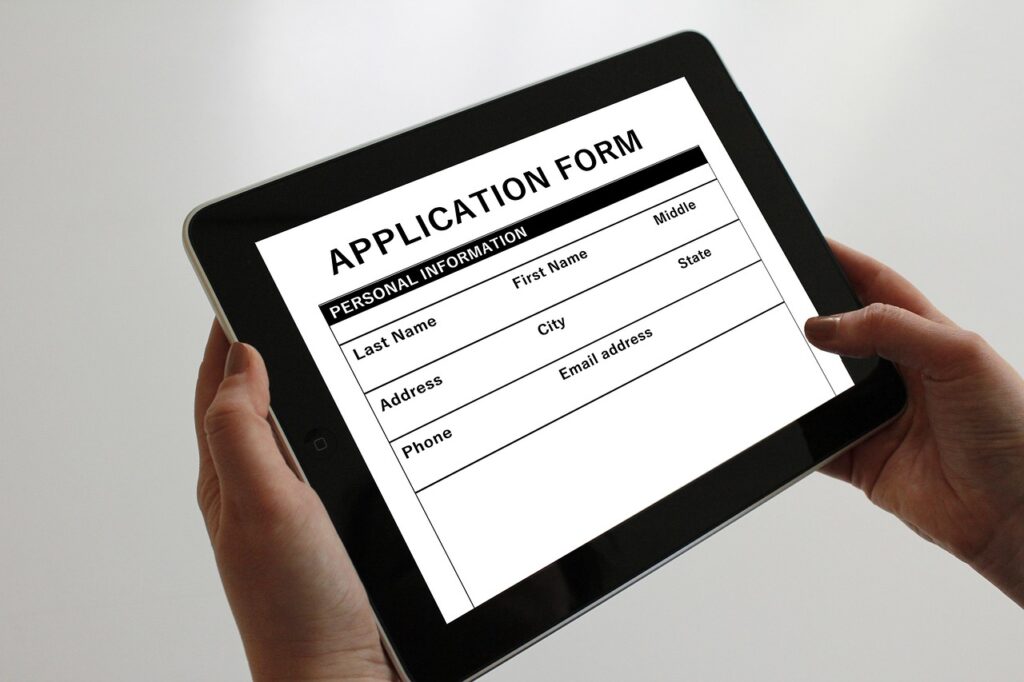Looking for a Job? Here’s How to Land One Quickly

Table of Contents
In today’s competitive job market, knowing how to effectively get a job can mean the difference between securing your dream position and enduring endless cycles of applications and interviews. With unemployment rates fluctuating and industries evolving, job seekers must refine their strategies to stand out. This article dives deep into actionable steps and proven techniques, empowering you to navigate the job-seeking landscape with confidence.
Understanding the Job Market
Overview of Current Job Trends
In 2023, the job market is characterized by rapid technological advancements and shifting employee expectations. According to the U.S. Bureau of Labor Statistics, the unemployment rate is hovering around 3.8%, indicating a relatively healthy job market. However, industries like tech, healthcare, and green energy are experiencing exponential growth, while others are contracting. Understanding which sectors are thriving can help you focus your job search more effectively.
Importance of Networking
Networking remains one of the most effective methods for getting a job. A staggering 70% of jobs are found through personal connections. Leveraging social media platforms like LinkedIn, attending industry conferences, and engaging in community events can significantly enhance your visibility and job prospects.
Preparing Your Job Application

Crafting a Strong Resume
Your resume is often the first impression you make on potential employers. Here’s how to craft a compelling one:
- Tailor Your Resume: Customize your resume for each job application to highlight your relevant experience.
- Use Action Verbs: Begin each bullet point with strong action verbs like “developed,” “managed,” or “implemented.”
- Quantify Achievements: Use metrics to showcase your accomplishments (e.g., “Increased sales by 20%”).
Writing a Persuasive Cover Letter
A well-written cover letter complements your resume and gives you an opportunity to convey your personality. Remember to:
- Address the hiring manager by name.
- Explain why you are interested in the role and the company.
- Highlight how your skills and experiences align with the job requirements.
Building an Online Presence
In today’s digital world, having a polished online presence can significantly boost your job search. Consider these steps:
- Optimize Your LinkedIn Profile: Use a professional photo, write a compelling summary, and keep your experience updated.
- Engage in Industry-Specific Discussions: Follow relevant groups and contribute to conversations to showcase your expertise.
- Create a Personal Website: If relevant, showcasing your portfolio can set you apart from other candidates.
Job Search Strategies

Tapping into Job Boards
While many people start their job search on popular boards like Indeed or Glassdoor, explore niche sites specific to your industry. Here are some options:
- Tech: GitHub Jobs, Stack Overflow
- Healthcare: HealthCareers
- Nonprofits: Idealist
Utilizing Recruitment Agencies
Recruitment agencies can be invaluable, especially for those breaking into new fields. They can provide tailored job matches and offer advice on improving your resume and interview skills.
Following Up After Applications
After submitting a job application, waiting can feel agonizing. Following up can set you apart:
- Aim to send a brief, polite follow-up email about one week after applying.
- Express your continued interest in the position and inquire about the hiring timeline.
Acing the Job Interview
Preparing for Common Interview Questions
Being prepared for interviews is crucial for making a strong impression. Some common questions you should anticipate include:
- “Can you describe a challenging situation and how you handled it?”
- “Why do you want to work here?”
- “What are your greatest strengths and weaknesses?”
Practice your responses to these questions, focusing on authenticity and clarity.
Understanding Behavioral Interview Techniques
Employers often use behavioral interview techniques to gauge how you may act in future situations. The STAR method (Situation, Task, Action, Result) is an effective way to answer these questions. For example:
- Situation: Briefly describe the context.
- Task: Explain your role and responsibilities.
- Action: Discuss the action you took to address the situation.
- Result: Share the outcome, emphasizing what you learned.
Nailing the Follow-Up
Once the interview is over, it’s essential to express gratitude:
- Send a thank-you email within 24 hours, highlighting key points from the interview and reiterating your enthusiasm for the role.
- This small gesture can leave a lasting impression on the interviewer.
Leveraging Offer Letters and Negotiation

Reviewing Your Job Offer
Receiving a job offer is exciting, but take the time to review it thoroughly. Consider factors like:
- Salary: Is it competitive for your industry?
- Benefits: What health, retirement, and additional perks are included?
- Career Development: Are there opportunities for growth?
Negotiating Salary and Benefits
Don’t shy away from negotiating your salary. Approach the conversation with research and confidence:
- Present salary benchmarks based on industry standards.
- Be clear about your value to the company and why you deserve a higher offer.
Continuous Learning and Development
The Importance of Upskilling
In a constantly evolving job market, continuous learning is vital. Engage in:
- Online Courses: Utilize platforms like Coursera or LinkedIn Learning to gain new skills relevant to your field.
- Certifications: Pursuing relevant certifications can set you apart from other candidates.
Staying Updated with Industry Trends
Subscribe to industry newsletters, follow thought leaders on social media, and participate in webinars to remain informed of the latest trends and developments in your field.
Building Your Career Post-Employment
Establishing a Professional Network
Once employed, continue to cultivate relationships. Networking isn’t just beneficial when job-hunting; it can also lead to mentorship and new career advancement opportunities.
Setting Career Goals
To advance in your career, regularly set measurable, achievable goals. Consider using the SMART (Specific, Measurable, Achievable, Relevant, Time-bound) criteria to structure your career objectives.
Conclusion
Knowing how to get a job involves more than just submitting applications—it’s about strategically positioning yourself for success. From crafting tailored resumes and persuasive cover letters to leveraging networking opportunities and preparing for interviews, each step plays a crucial role in enhancing your job prospects.
As you navigate this journey, remember that persistence is key.
Ready to enhance your job search? Start implementing these strategies today. Share your job-seeking experiences in the comments below, or connect with us on LinkedIn for more tips and resources. Your next career opportunity could be just one click away!



